
I am no IBC expert; at ICC Compliance Center, we sell non-bulk packaging. However, I recently attended a training session, and knowing that many ICC customers use IBC in their day-to-day business, I wanted to share what I learned.
First, let’s backtrack. What is an IBC? IBC stands for Intermediate Bulk Container; they can also be called totes. They are considered bulk packaging, which means that it holds more than 119 gallons or 450 liters of product. An IBC is defined in the 49 CFR 171.8 as Intermediate bulk container or IBC means a rigid or flexible portable packaging, other than a cylinder or portable tank, which is designed for mechanical handling.
IBC’s are used to store and transport many chemicals, including flammables and corrosives, and are tested as UN performance packages that have a marking something like this:

For the rest of this story, we will focus on flammables contained in the IBC.
PHMSA – 49 CFR allows flammable liquids to be transported in IBCs. OSHA – 29 CFR 1200.106 allows flammables to be stored in IBCs. Where the problem comes in is with the NFPA (National Fire Protection Association) – NFPA 30.
NFPA 30 is the Flammable and Combustible Liquids Code published by the National Fire Protection Association. The Code provides information for protection and prevention of the hazards associated with the storage and handling of flammable and combustible liquids. The Code is enforceable in most (not all) states.
NFPA only permits three types of IBCs in an industrial setting: Metal, rigid, or composite. Only flammable liquids with a flashpoint of 38°C (100°F) or higher are permitted to be stored in these containers. The IBC must be listed and labeled.
What does listed mean? Listed means that the IBC has passed standards listed in Chapter 2 of the NFPA 30. A listed IBC has been tested for fire endurance. Unlisted IBCs have little fire protection and melt quickly during a fire, releasing the flammable contents. According to the NFPA, there are many IBCs on the market, but few are listed and labeled, creating a significant hazard.
To learn more about IBC’s for flammable and combustible material, start with these two fact sheets/FAQ from the NFPA:
Fact Sheet #1
Fact Sheet #2
Although ICC cannot provide you with IBCs for your product, we can offer labeling and placarding to meet OSHA and DOT/TDG requirements. Contact us today to ask how we can help.
Stay up to date and sign up for our newsletter!
We have all the products, services and training you need to ensure your staff is properly trained and informed.
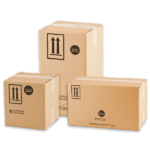 Packaging |
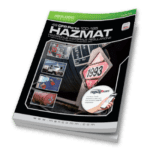 US 49 CFR Publications |
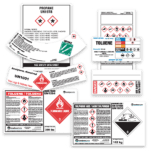 Labels |
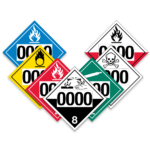 Placards |

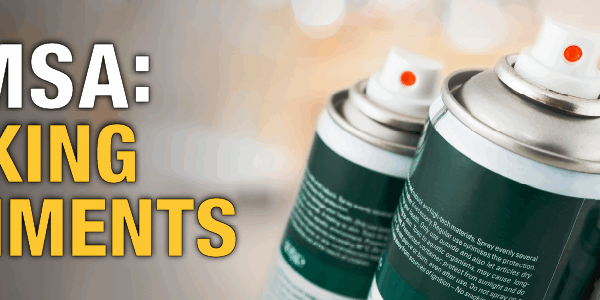
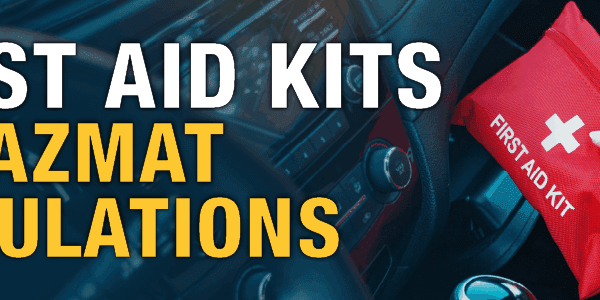



 ICC USA
ICC USA ICC Canada
ICC Canada